
 Chinese authorities have sealed Lhasa, the Tibetan capital, cutting off the city from visitors with a large military and armed police presence ahead of a “surrender deadline” of Monday at midnight.
Chinese authorities have sealed Lhasa, the Tibetan capital, cutting off the city from visitors with a large military and armed police presence ahead of a “surrender deadline” of Monday at midnight.China: March 16th. (Financial Times) - The government has also tightened control over information coming out of the Himalayan region, blocking many Internet sites, including Youtube, which could be used to upload video content of the protests over the last week. The protests began on March 10, when Buddhist monks staged protests against Chinese rule over Tibet, which China administers as a “special autonomous region”. Last week marked the 49th anniversary of the flight by the Dalai Lama, Tibet’s spiritual leader, to exile in Dharamsala, India. Chinese media have reported 10 “innocent civilian” deaths and injuries among police and troops sent in to restore order. Exiled Tibetan officials in Dharamsala have said that at least 80 people were killed, according to Reuters.
Beijing faces difficult decisions in coming days over the level of violence it authorises to suppress demonstrations and regain control of Lhasa, and some monasteries elsewhere in Tibet and China where there is unrest. The resolution of the issue is taking place against the backdrop of the lead-up to the 2008 Olympics, and the huge international attention that event is generating. Wen Jiabao, China’s Premier, will hold his annual press conference on Tuesday, at the close of the National People’s Congress, which is telecast live. Residents of Lhasa contacted on Sunday said sporadic gunshots could be heard through the day as Chinese police attempted to keep people off streets and rooftops. The spectre of inter-ethnic violence also loomed, after Hui Muslim Chinese reportedly attacked Tibetan homes to avenge pro-independence protests that escalated on Friday, when demonstrators ransacked businesses owned by Han Chinese, China’s dominant ethnic group, Huis and other settlers.
Chinese state media dropped a country-wide reporting ban on the unrest at the weekend, as it became untenable after widespread leaks of eyewitness accounts, pictures and video footage of the growing violence in Lhasa. Official media footage showed Tibetans overturning police cars, looting businesses and assaulting ethnic Chinese on the streets of the regional capital. However, state media showed no images of the suppression of the protests, and stuck to the official line that the unrest had been orchestrated by a “separatist Dalai Lama clique”. Even more ominously for Beijing, protests have flared further afield in cities in neighbouring Qinghai and Sichuan provinces, where there are large monasteries and sizeable Tibetan populations. Reuters reported that a police station in Aba county, Sichuan, was burned down, quoting a police officer at the scene. This year’s violence in Tibet marks the most serious clashes since the late eighties, when independence protests were forcibly quelled. China’s current president, Hu Jintao, was then party secretary of the country’s most restive region.
By Richard McGregor and Jamil Anderlini in Beijing, and Tom Mitchell in Hong Kong
+++++++++++++++++++++++++++++++++++++++++++++++++++
Disclaimer
No responsibility or liability shall attach itself to either myself or to the blogspot ‘Mozlink’ for any or all of the articles/images placed here. The placing of an article does not necessarily imply that I agree or accept the contents of the article as being necessarily factual in theology, dogma or otherwise.
Mozlink


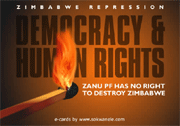
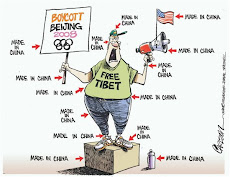













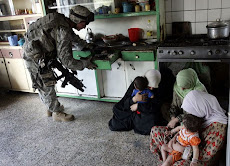







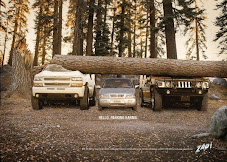





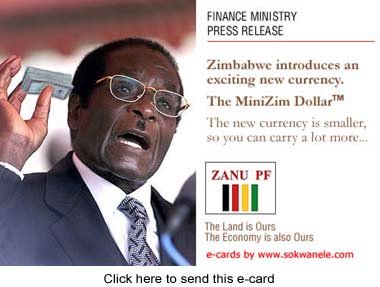





















No comments:
Post a Comment